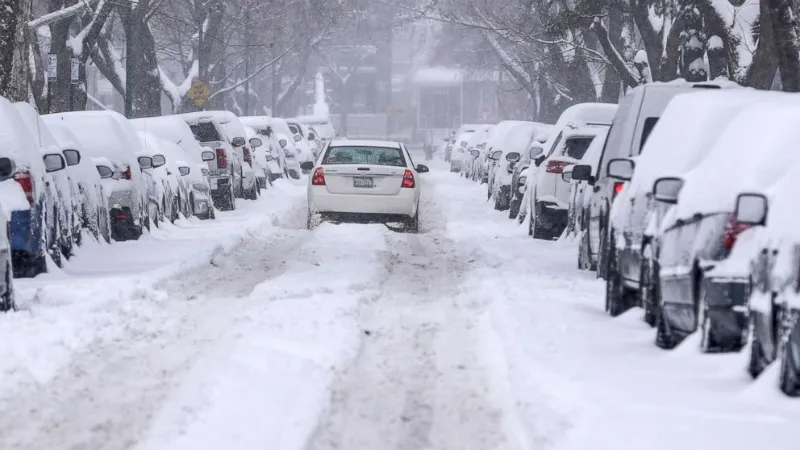Winter snow driving can be dangerous, but knowing how to drive in th snow will lower the risk of an accident. Below will give you all the essential things you should keep in mind.
You need to decide whether to drive and journey planning, make preparations before you start your drive, then, follow the tips and tricks on how to drive in the snow.
Keep reading.
Decide Whether to Drive and Journey Planning
Driving during bad weather should start with the basic question: do I have to leave the house, what should I do? If you can avoid driving when conditions outside are unpredictable and potentially dangerous, you should. And if you can plan around forecast weather warnings, you might be able to avoid the worst of it.
However, there are some things you can do to stay as safe as you can if you must travel on the roads while it is snowing and getting colder.
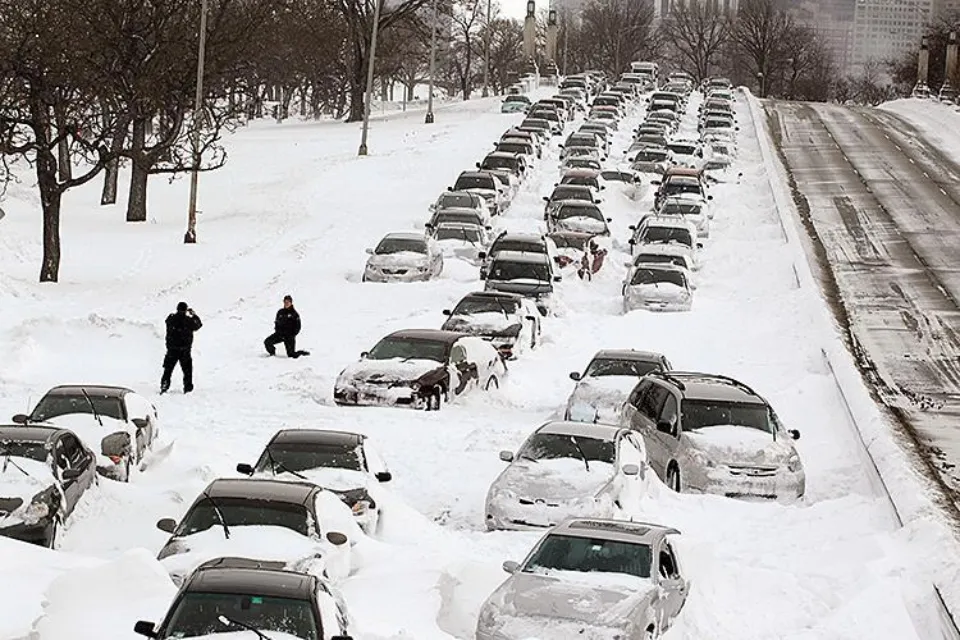
Before You Start Your Drive
Plan your journey – by preparing your route beforehand, using our AA route planner, sticking to main roads (which are more likely to be gritted and cleared) and keeping an eye on any traffic updates, you stand a better chance of avoiding an incident or serious delay.
Get your car ready for the snow; just as we should bundle up and make sure we are physically prepared for the weather, your car also needs some manual work.
- Factor in enough time to de-ice your windscreeninside and out – it’s illegal to drive without full vision.
- To keep the windscreen clear and your visibility unaffected, make sure your windshield wipers are in good working order.
- Make sure your lights are all working and clearly visible (you may need to clean the lenses from time to time – read our advice on keeping your car clean).
- Make sure you have plenty of fuel for the journey, bearing in mind that you could get stuck and need to keep warm.
We’ve got car maintenance tips to keep your car running as it should year round, but make sure your car is in good condition during winter. If you break down in bad weather, it may be more difficult to locate you and you may be exposed to dangerous conditions for a longer period of time. In case you do crash or break down on snowy roads, remember to keep a winter kit handy.
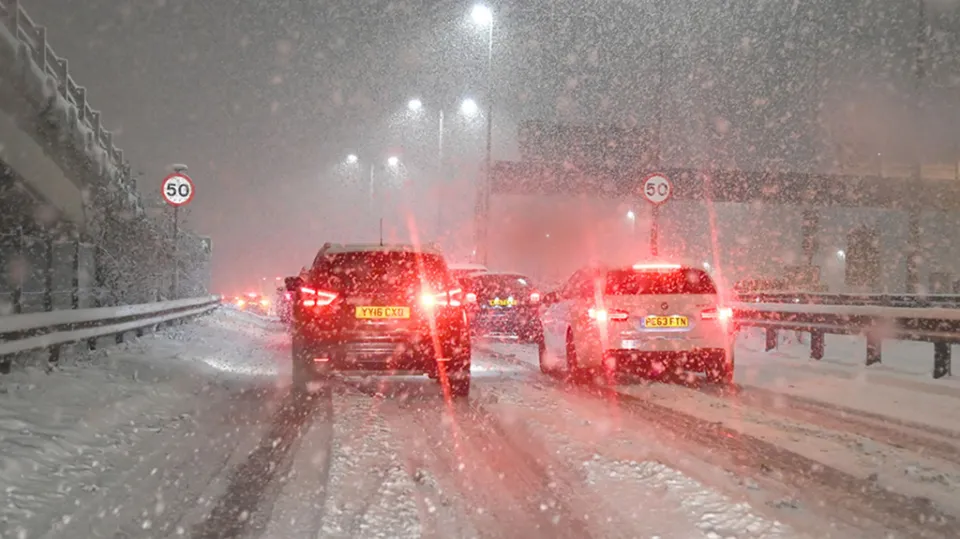
How to Drive in the Snow?
Now that your car is ready for a snow day, it’s time to understand the fundamentals of driving in the snow. It’s all about going slowly, making plans ahead of time, and maintaining your composure; there are no well-kept secrets or expert-level skills required here.
Understand Braking, Turning, and Accelerating
There’s an old saying in the car racing world that applies to pretty much everything you do when driving in snow: “Don’t do anything to scare the car, and the car won’t do anything to scare you.”
That is wise advice in general and particularly wise advice for driving in the snow. What we’re trying to say is that whenever you’re speeding up, slowing down, or making a turn, you should avoid making any sudden movements. When you need to accelerate, ease onto the gas, and when you need to slow down, ease back off of it. When slowing down, apply the brakes smoothly and gradually, building pressure as you get a feel for how much traction is beneath your tires. Approach corners at a slow enough speed to allow you to turn the wheel into the apex smoothly and slowly, and to maintain that smoothness as you come out of the turn.
Give Yourself as Much Space as Possible
This advice for driving in the rain or snow is likely something you’ve heard before. In the rain, the rule of thumb is to give yourself double the usual distance between the vehicles around you and to start braking twice as early for stops and turns. Make that three times for both in the snow. By giving you more time to apply the brakes smoothly, you can reduce the likelihood that you will skid even more by driving at a greater distance. Speaking of which…
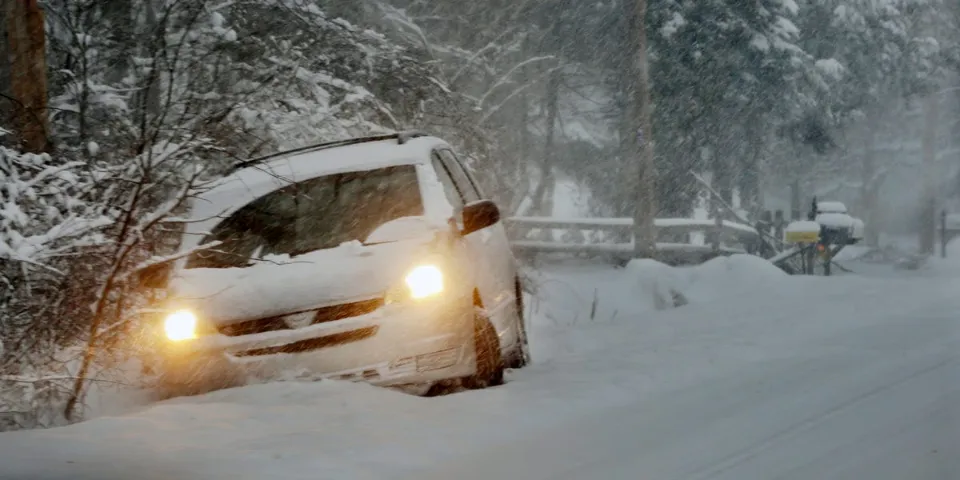
Know How to Handle a Skid
Even the safest, most cautious driver on the road will eventually lose traction if they are on the road in the snow for a long enough period of time. Your first action should be to not panic, and your next move will depend on the kind of skid you are in.
When your front tires start to lose traction and your car starts to run wide in a turn, you should smoothly let off the gas to help your car regain traction. This will prevent front-end skids. Your vehicle should only need a brief period to regain alignment after which you can gradually reapply the gas to finish the turn.
For rear-end skids, in which the back tires break free and begin to drift out Fast and Furious-style, you’ll want to turn the car in the direction of the skid. In order to keep your vehicle on its intended course if the rear end brakes lose traction and drift to the right, you should gradually let up on the gas and turn the wheel to the right. Keep your foot off the brakes and simply wait for the rear tires to regain traction before turning the steering wheel as usual.
Build Momentum before Approaching Hills
It’s always best to gain some momentum before beginning to climb a long (and relatively straight) incline. If traction is subpar when driving on snowy or icy surfaces, your car gradually loses momentum as you ascend a hill. By starting the hill with some extra momentum and maintaining a steady pace on the gas until you reach the top, you can mitigate this effect. Just be sure to give yourself enough time to slow down just before cresting the hill; you want to reach the top at a speed that you can control, especially if you know a downhill is on the horizon. Usually, if you let off the accelerator, gravity will take care of all the work.
Pro Tip: Practice Your Skills in a Safe Place
Seize every chance you can to practice driving on snow and ice in a safe setting. Find a snow-covered (and empty) parking lot, and spend time practicing turning, braking, and accelerating to get a feel for how your car reacts to low traction situations. Our goal here, once again, is to get as smooth as possible and to find the limits of traction for your vehicle so you know how to avoid them. To get a sense of how your ABS works in the snow, try out hard braking. If you locate a sufficiently quiet lot, you might even be able to practice reversing skids without drawing the attention of the neighborhood police…
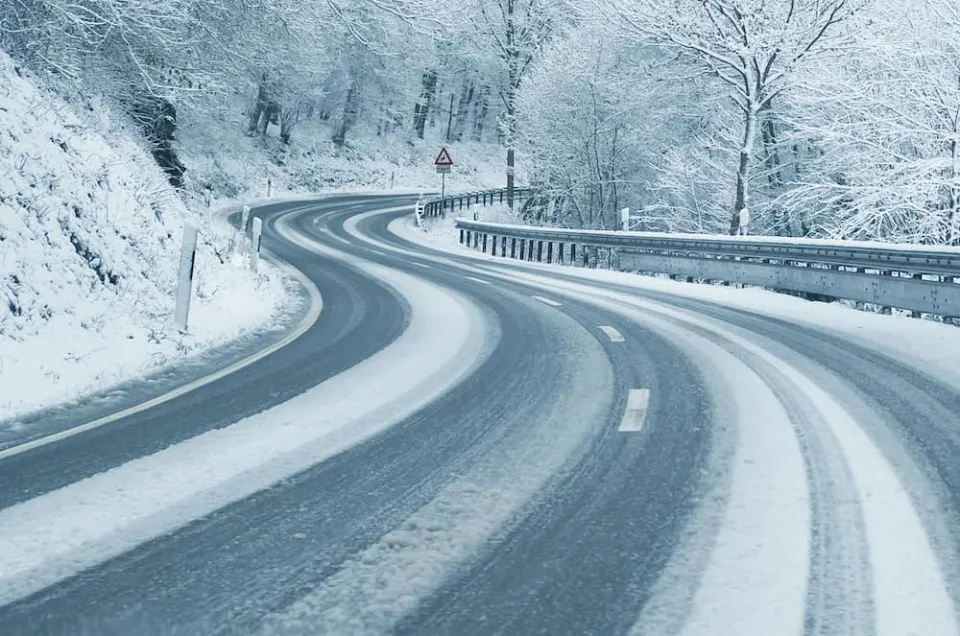
Tips and Tricks
- Beware All-Wheel Drive
Vehicles equipped with all-wheel drive or four-wheel drive can lull you into a false sense of security on slick roads. They distribute power to all four wheels rather than just two, which on slick surfaces enables impressive, slip-free acceleration, especially from rest. This can give the impression that you have much more traction than you actually do. Don’t be fooled; these systems don’t in any way improve your vehicle’s ability to turn or stop in snowy conditions, so expect it to behave just like any other “normal” vehicle when you push on the brake pedal or turn the steering wheel. The method outlined in the previous step can be used to determine how much traction you have.
- Fit Winter Tires
Technically this isn’t a driving tip—it’s a survival tip. That’s because fitting a set of four winter tires (more commonly called “snow tires”) is actually the best thing you can do to improve your safety margin and reduce your anxiety level on those awful snow-covered roads. Even the best set of all-season tires cannot match the traction that proper winter tires offer in the snow, slush, and on ice.
- Read the Road
The surface is shiny or plain. Is there a uniform layer of powder or are there some areas in the shade that are bare with patches of snow? Is it cold enough for snow that is light and crunchy, or is it warm enough for slushy mess? If you’re unsure, you can stop the car and get out to survey the surface, which is a good idea, but by being aware of what you’re looking at, you can discover a lot about the amount of traction present. In general, shiny is bad, since that means either ice or water. Shadowy areas can fool you into thinking you’re safe because there is dry pavement in front of them. Furthermore, dry snow is much preferable to slushy slop. In contrast to slush, which causes the tires to ride up on top of it, dry snow actually provides fairly good traction—imagine the crunch beneath your boots.
- Plan Ahead
We already mentioned looking as far ahead as possible, and that’s a good idea in general. But chances are, you’re driving in familiar territory, so you can use that knowledge to your advantage, too. Does the opposite side of the valley require a similar climb after you descend the hill? Save some momentum for that, perhaps. Is there a left-handed off-camber descent a quarter mile away? You don’t have to wait till you see it to slow down. If you know what’s coming, drive like you’re your own rally navigator and plan a few moves ahead.
- Carry the Right Supplies
There have been times when we’ve said we’d pay $500 for a snow shovel, usually when we’re halfway through moving a snowbank with our hands. The better option is to pack one in your car before you leave, along with a bag of salt, and a tow strap. You can also prepare your two eyes if you’re particularly worried about your winter trek. The tow eye screws into a threaded socket (usually behind a square plastic cover that pops out of the bumper) and can be used to attach a tow strap to vehicles that don’t have a hitch or bumper-mounted tow hooks. If you think you’ll need a tow, don’t stack a quarter cord of firewood there before you leave because that’s where the tow eye is typically located, along with the spare tire, under the rear cargo floor.
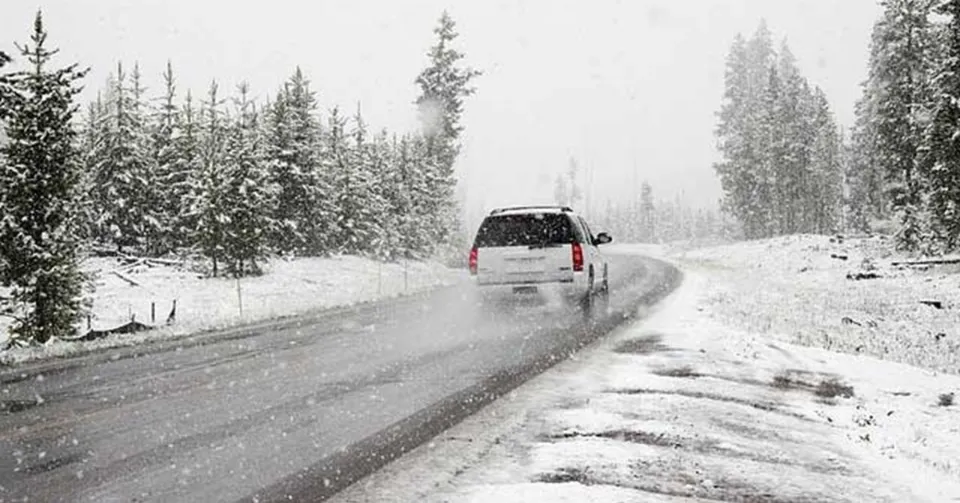
FAQs
Why Do You Have to Turn Off Traction Control in the Snow?
Yes, disabling traction control in snow is preferable. This system prevents wheelspin, which will give you better control over the car in winter. When a car is stuck in the snow, turning off the traction control is a good idea because otherwise it will just cause more trouble by driving the tires deeper into the snowbank.
Should I Turn Overdrive Off in Snow?
To maintain traction, especially on hills, use low gears. Don’t use cruise control or overdrive on icy roads. Bridges, overpasses, and rarely used roads should receive extra caution because they will freeze first.
Why is FWD Better Than RWD in Snow?
A front-wheel drive (FWD) vehicle sends power only to the front wheels, and is sometimes preferable in snow and ice because it’s easier to control, particularly when compared to rear-wheel drive (Front-wheel drive (FWD) and rear-wheel drive (RWD) essentially pull and push your car, respectively.
What Gear is Best When Driving in Snow?
To reduce the chances of the wheels slipping, use the second gear instead of the first gear. Maintain a greater braking distance between your car and the vehicle in front of you, especially in conditions like rain, ice and snow; leave as much as ten times the usual recommended gap.
Summary: How to Drive in the Snow?
If you’ve recently moved to a snowy area and are getting used to driving during your first winter there, or you’ll be passing through conditions on the way to Grandmother’s house that you don’t typically experience in your home state, be sure to familiarize yourself with how to navigate this cold and slick season.
If you have any questions, please leave a comment. KV Auto tries to give you the best car industry information. Thank you for reading.
Read about

